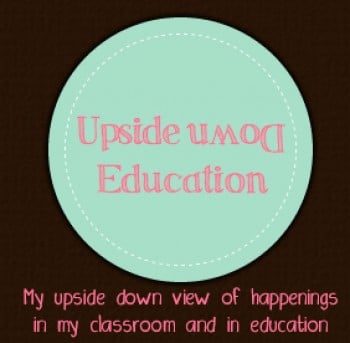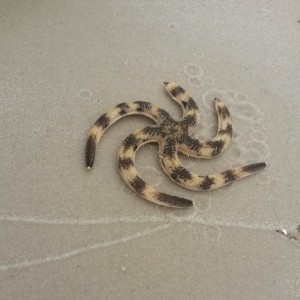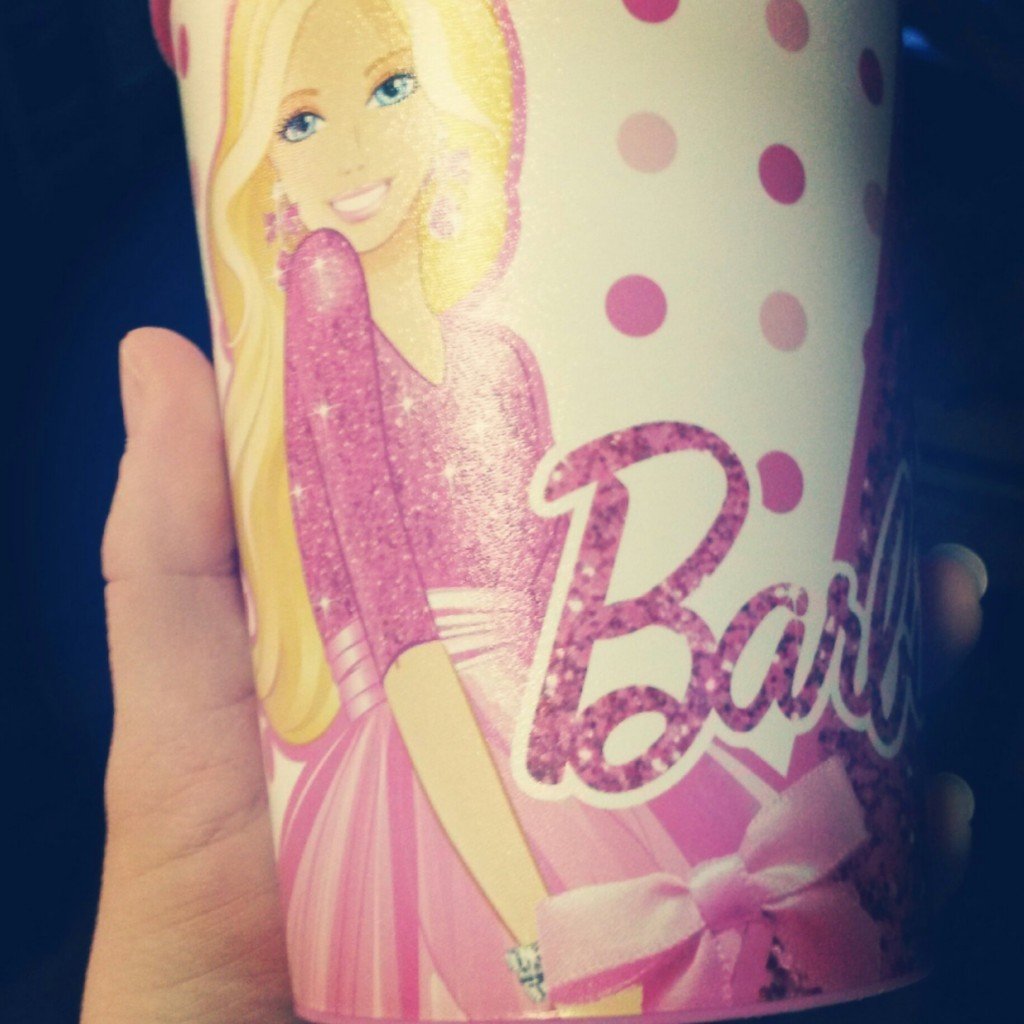So it started with this little guy yesterday. We were on the beach enjoying spring break and I ran my son back to the house. When I returned to the beach my daughter brought me this. As someone on instagram pointed, what happens when you breed a starfish with a snake. As the day went on, hundreds start washing up on the beach. They were such unique creatures I took as many pictures and videos as I could. I took this video and posted to Instagram (from there to Twitter and Facebook).
From there I got tweets and replies asking what they were. In the mean time I’m on Google looking for these starfish. I tried Google Goggles, at least 30 different search terms, using every Boolean trick in the book, and I find nothing.
Meteorologist Jason Simpson, who used to be in Birmingham but has since moved to Huntsville, retweeted and posted to his Facebook page asking if anyone knew what they were. A lot were telling him brittle stars. Now it’s been a long time since I took island ecology (I got to take that in the Bahamas for my biology credit, can’t beat that class) but I do remember the difference between brittles and starfish had to do with rows of legs and the eyes at end of legs. But I looked it up just to make sure. When looking it up I came across this blog about starfish. Well all kinds of echinodermata, it’s called EchinoBlog. Looked on the blog for a moment and didn’t see my sea star.
After hours of searching I had to stop and be Mom. This morning I went back to looking. Tried new searches. I kept coming across the EchinoBlog. So I go to the site and see that the author, Christopher Mah, has a Twitter account. Thought I’d take a chance and tweet him the picture. Less than an hour later he sends me this link. The starfish is a banded sea star.
You see I’ve spent my life at the beach, I’ve taken classes about sea life, I teach earth science, and I teach kids how to Google things but I still had no idea. I’m not A starfish expert. I don’t accept not knowing something, I get obsessed with finding answers. But I was overwhelmed by not finding. If someone had tweeted me a question about edtech I’m sure if I didn’t know the answer I could find it quickly. I’m an expert in that field. Just like Christopher Mah is a starfish expert.
Sometimes we send our students out into the world wide web with just a few Google skills (which are so important). We forget that connecting them with experts could start a dialogue and learning can go even deeper. Often we are so afraid of social media we don’t forget the positives that can come with it. They need to learn to look for blogs from experts and use the “contact” section to connect.
Sometimes we need reminders of things we already know and this was a reminder for me. Below I’ve listed some links I have bookmarked in the past and haven’t thought about looking back up. Use connections and teach kids how to make connections wisely for learning.
Connecting Experts To Your Classroom
Sparking Student Interest in STEM By Bringing Industry Experts into the Classroom


